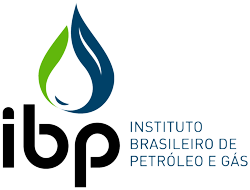RISK-BASED COST-BENEFIT ANALYSIS OF ALTERNATIVE VACCINES AGAINST COVID-19 IN BRAZIL: CoronaVac VS. AstraZeneca VS. Pfizer

We propose a probabilistic model to quantify the impact of mass vaccination to cope with the pandemic in Brazil. Since each vaccine has different effectiveness, we measure this impact as the probability of reaching 70% of the total Brazilian population immunized, denoted by herd immunity. Here we present a six-month simulation, from August 31st, 2021 to February 31st, 2022, to track the effectiveness of nine scenarios considering the application of three vaccines, i.e., CoronaVac, AstraZeneca and Pfizer, and three programs with different vaccination rates. Each scenario corresponds to one vaccine applied at a constant rate. The objective is to perform a Risk-Based Cost Benefit Analysis (RBCBA) of the three primary vaccines in Brazil. All three programs were assumed to have the same number of vaccinated people per day, the difference being in the vaccine effectiveness in avoiding infections and deaths. The main result is a cost-benefit graph to compare the programs. We consider ‘cost’ as the total acquisition cost of the vaccines and the expected number of deaths, and ‘benefit’ is measured as the probability of reaching the desired number of people immunized.












